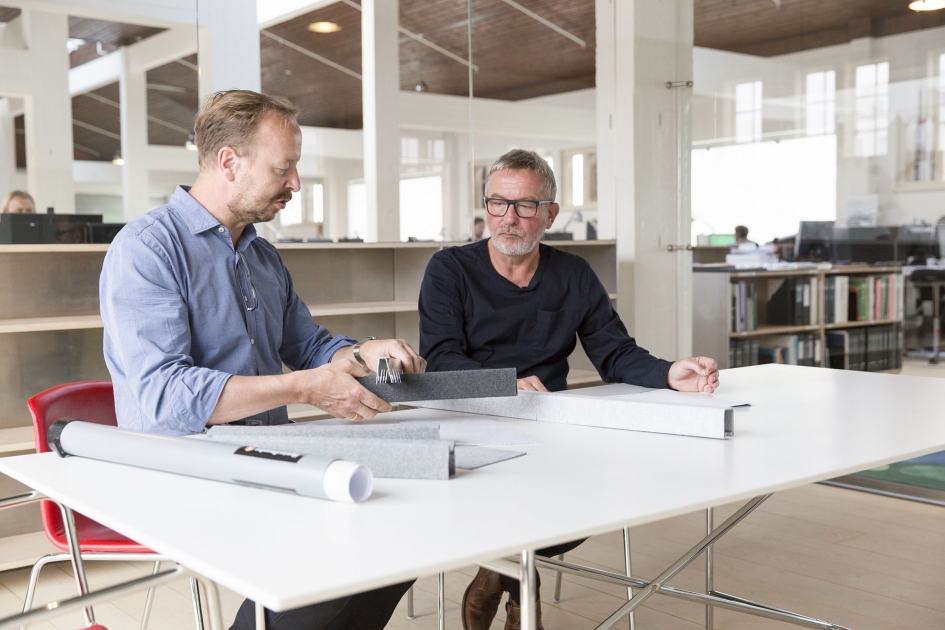
Middle East Construction Market to Top USD 300 Billion by 2019
With the Middle East and North Africa’s construction market topping USD 300 billion by 2019, felt solutions will cut costs and deliver comfortable spaces, architects and interior designers agreed today ahead of International Design Exhibition (INDEX) in Dubai.
Demonstrating the potential for felt, the Middle East and North Africa’s construction market is set to top USD 300 billion by 2019, and grow by 43 percent from USD 235 billion in 2016 to USD 336 billion by 2020, according to a recent BMI Research report.
“GCC mega-projects will host millions of people over their lifetime – meaning they need interior spaces that prioritize design and quality to cut costs, provide comfortable spaces, and are environmentally sustainable. Felt is set to be deployed from the deepest train stations to the tallest skyscrapers, and every interior in-between,” said Santhosh Vallil, Sales Manager of mega-project consultancy Hunter Douglas Middle East.
In response to the growing popularity of felt among architects and designers, Hunter Douglas has seen strong Middle East interest on the recently-launched world’s first new felt linear ceiling, called HeartFelt. The system can be customized to different settings, and also reflects light and absorbs sound.
Demonstrating the momentum for felt, HeartFelt recently won the Red Dot: Product Design 2017 award. HeartFelt beat more than 5,500 submissions from 54 countries around the world. Judges praised Heartfelt for its “exceptional and innovative” design.
HeartFelt’s non-woven thermoformed polyester fibers also allow the material to meet strict fire safety requirements. Felt is also resistant to dust and dirt, and is maintenance-friendly – particularly effective in the desert climates of the Middle East.
“Most linear ceiling systems are made of metal, often aluminum. Felt ‘breaks’ the light so as to create an attractive, natural color, and at the same it is a natural sound absorber. That makes it a lot easier for architects to achieve great acoustics in buildings,” said Bjarne Hammer, of Denmark’s Schmidt Hammer Lassen Architects.
Bjarne Hammer was involved in the development of HeartFelt from the start, including its modular system that offers designers many design possibilities and colors, and its Cradle-to-Cradle certification as a sustainable solution.
“Felt is fantastic to work with if you’re an architect. It is a material that stirs emotions; it is warm to the touch and has an amazingly natural look and feel,” said Bjarne Hammer.


























